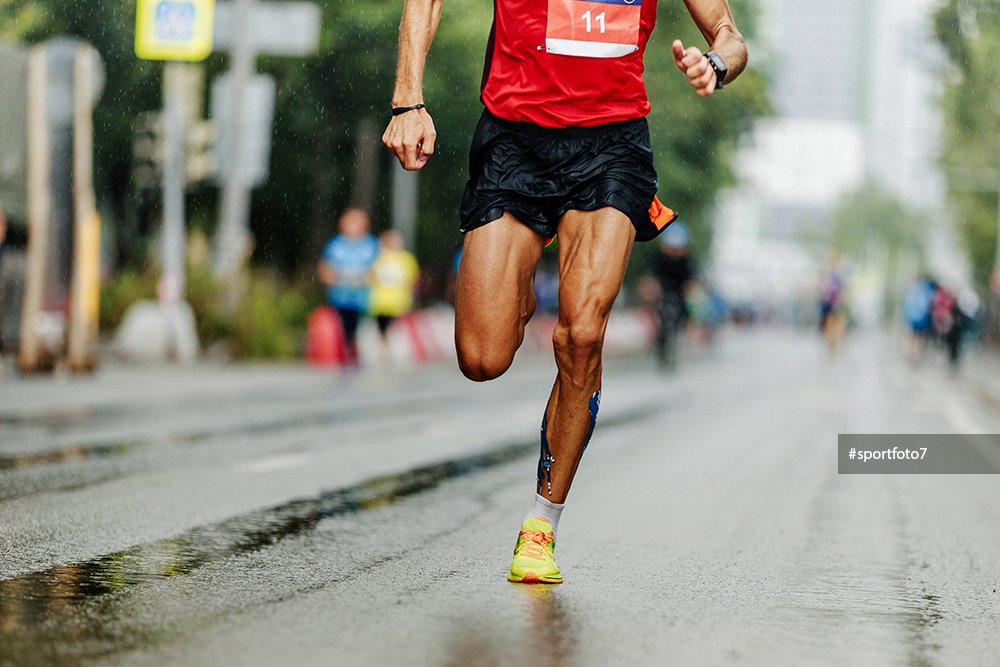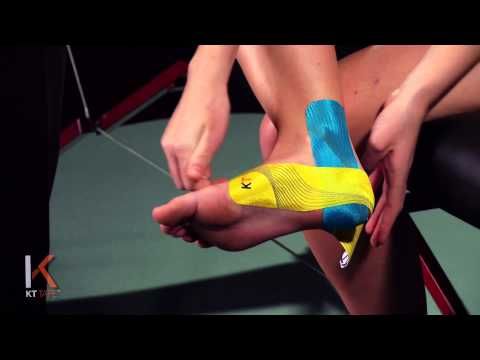I’m sure you’ve seen athletes on TV, a local gym rat, or even your Aunt Jane wearing this weird looking, often brightly colored, tape on various parts of their body. Maybe your curious because it looks cool, or weird, or are just not sure as to what that stuff could possibly be doing. Read more to get an understanding of the basics.

Where did it come from?
Kinesiotape is a technique developed by a Japanese Chiropractor back in the 70’s. Its purpose was to help assist the effects of his manual therapy when the client/patient had left his office. Long term change in our body (which is essential for long term and meaningful results) comes from continuous repetition. Therefore anything to help assist the changes created from in office manual therapy on a daily basis should greatly improve functional outcomes. The purpose of the tape was to do exactly that. The tape is not structural in nature but rather quite flexible, stretchy, breathes, and can be worn in water for up to 3-5 days when applied appropriately.

So if it’s not structural than what does it do?
The purpose of this taping method is to stimulate the nervous system through interaction with the skin. The skin is the most sensitive organ in the body and communicates directly with the nervous system. When applied correctly (and there are many different ways to do this – and no, not any way is the right way) this taping method stimulates the nerves within the skin to illicit a specific response based upon the type of application.

How can this taping method help me?
The most common kinesiotape applications involve helping with injury related swelling (edema), increasing or decreasing muscle tone, and helping to stabilize joints. Muscle strains, joint sprains, or general tension can all be greatly affected by proper kinesiotaping technique. It can also be used preventatively to help stabilize or activate structures in the body during times of intense activity.

Can’t I just tape myself?
Of course you can (most of the time) – however this technique is sensitive and must be applied properly to create the desired response. One of the issues in regard to the research on this method has to do with inconsistencies in how, where, and when the tape is applied. It is most effective when applied by a properly trained practitioner.

How is it used at Hybrid Health?
Although we do isolated taping for clients either recovering or hoping to prevent injury, we typically use this technique in conjunction with our massage therapy and corrective exercise. Most practitioners agree that taping is an excellent adjuct therapy – not a replacement. By using the kinesiotape in association with the massage and exercise, we consistently see greater recovery and higher levels of performance in our clients.
To learn more about this technique or give it a try contact Hybrid Heath to set up a consultation.

